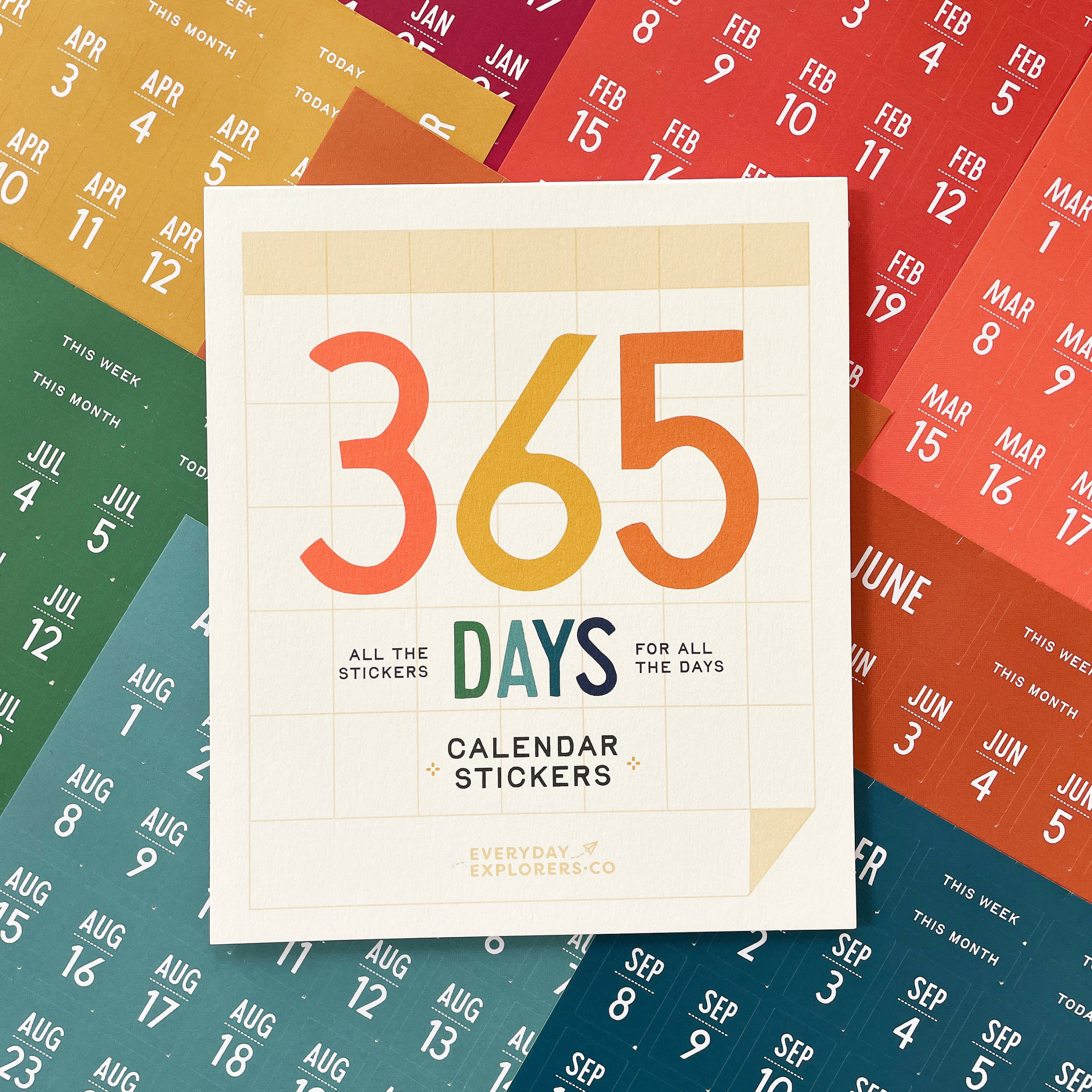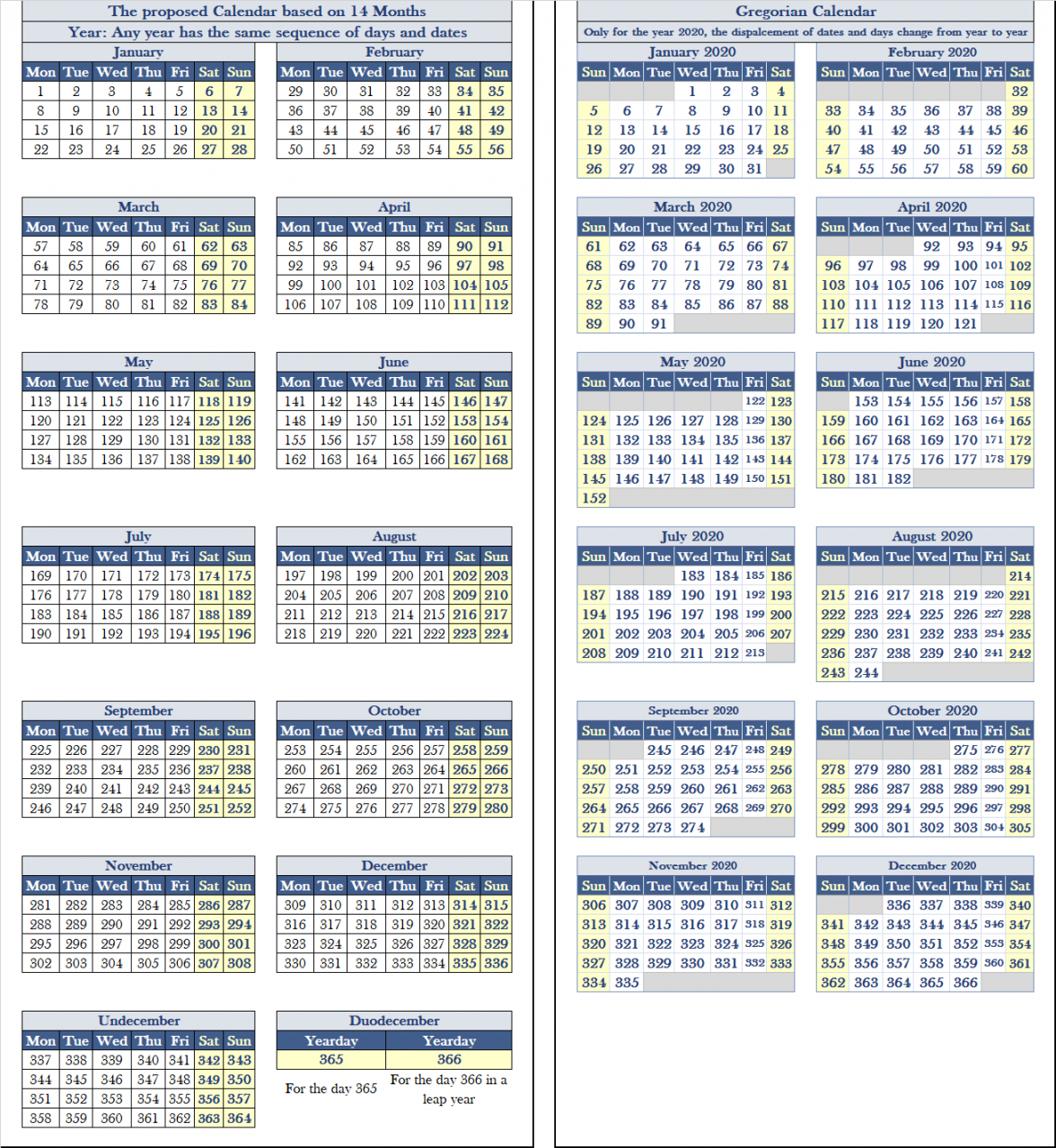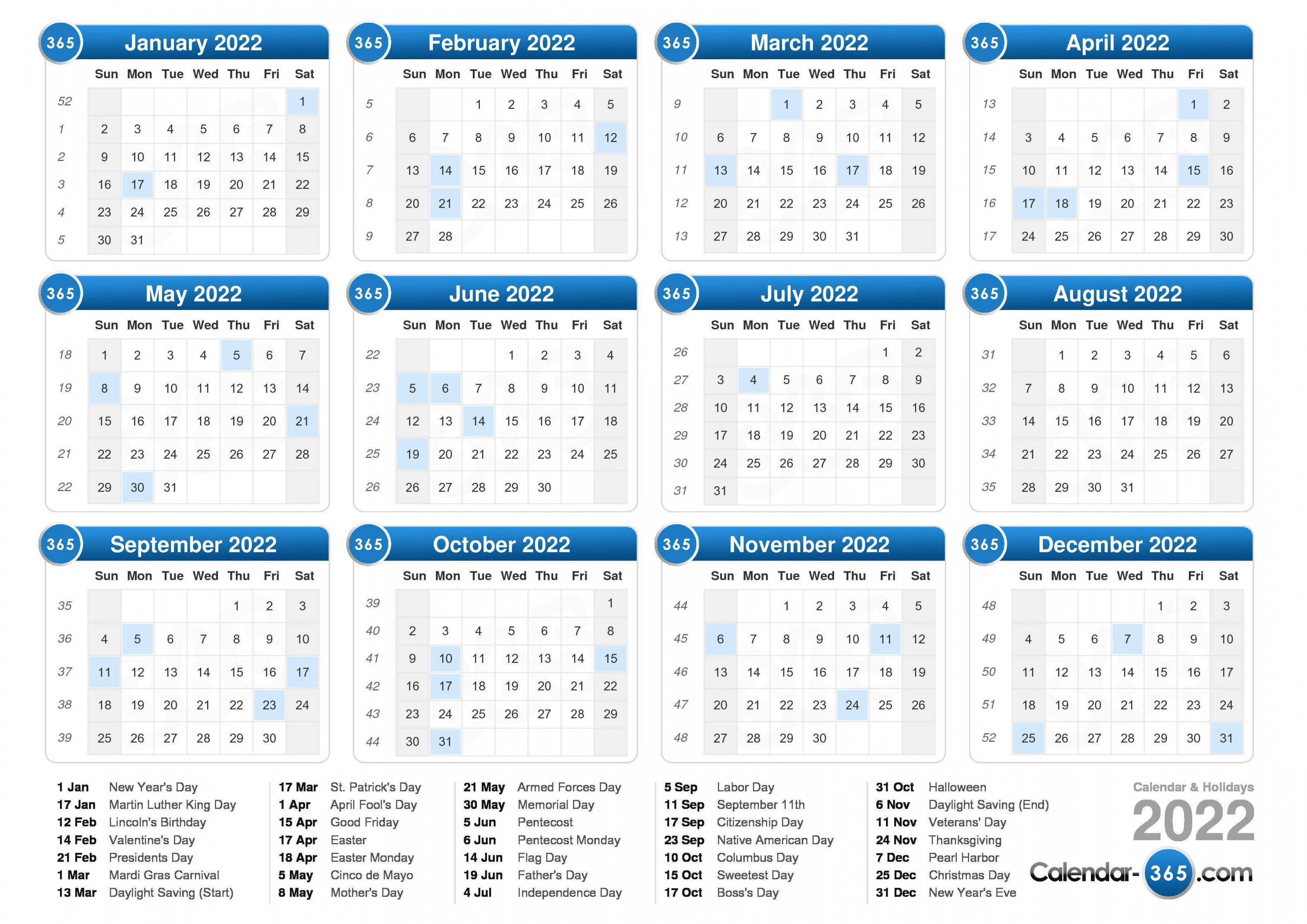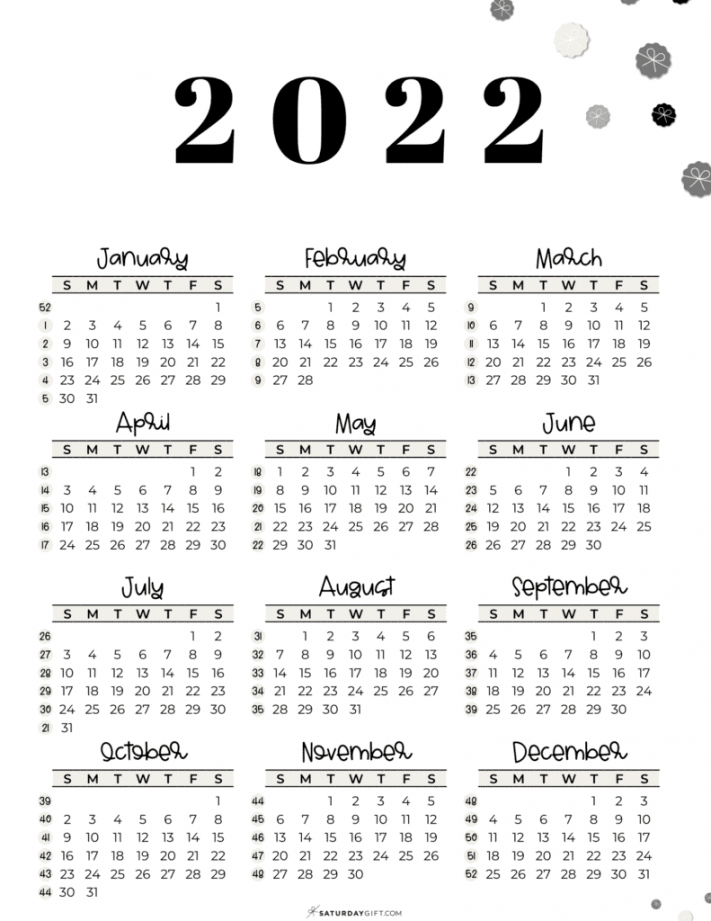Cracking the Calendar Code: Unraveling the Mystery of 365-Day Numbering
Ever stared at a calendar and wondered, “Why 365 days? Why not 350, or 372?” Fear not, curious minds, for the answer lies in a fascinating dance between timekeeping and celestial mechanics. Buckle up, because we’re about to embark on a journey through the history and logic of 365-day numbering!

It’s the system we use to track the Earth’s yearly trek around the sun. Each day gets assigned a unique number, starting with 1 on January 1st and ending on 365 (or 366 in leap years) on December 31st. This seemingly arbitrary sequence, however, is meticulously aligned with the Earth’s orbit.

The quest for an accurate calendar is an ancient one. Early civilizations tried lunar calendars (based on moon cycles) and solar calendars (based on the sun’s movement). But, as anyone who’s ever tracked the moon knows, its phases don’t perfectly sync with the seasons. Enter the Egyptians, who, around 3000 BC, developed a remarkably accurate solar calendar with 365 days. Their secret? Close observation! They noticed the Nile River flooded every 365 days, marking the sun’s annual journey.

It’s not perfect, but it’s pretty darn good! The 365-day system keeps our seasons roughly aligned with the calendar, ensuring predictable patterns for planting, harvesting, and celebrating holidays. However, Earth’s orbit isn’t a perfect circle, meaning a true solar year is actually 365.2422 days long. That discrepancy, though tiny, throws things off over time.

To compensate for this discrepancy, we have leap years. Every four years (except for century years not divisible by 400), we add an extra day (February 29th) to the calendar. This little tweak keeps our seasons in check and ensures the calendar stays roughly aligned with the sun’s cycle.
Why 365 days? Earth’s orbit around the sun takes roughly 365 days.
The seemingly simple act of numbering each day in a year is actually a testament to human ingenuity and our enduring fascination with time. From ancient observations to complex calculations, the 365-day calendar reflects our ongoing quest to understand and measure the grand cosmic dance.
1. What happens to birthdays in leap years? Leap babies celebrate every four years! Their official birthday is actually February 29th, but they can also choose to celebrate on February 28th or March 1st.
2. Do other planets have 365-day calendars? Not necessarily! Mars, for example, has a year of 687 Earth days, so its calendar would look quite different.
3. Are there alternative calendar systems? Yes! The Mayan calendar had 360 days, while the Chinese calendar is lunisolar, meaning it combines elements of both lunar and solar calendars.
4. Will we ever have a perfect calendar? Probably not. The Earth’s orbit isn’t perfectly predictable, and even leap years can’t completely compensate for the tiny discrepancies.
5. Why is this numbering system important? It provides a universal framework for organizing time, scheduling events, and understanding our place in the cosmos.
So, the next time you glance at your calendar, remember the fascinating story behind those neatly numbered days. It’s a testament to our human thirst for knowledge and our ongoing quest to keep track of time, even in the vastness of the universe.
I hope this article provides a clear and engaging explanation of 365-day numbering, suitable for both SEO and casual reading. Feel free to adapt and personalize it further to fit your specific needs!